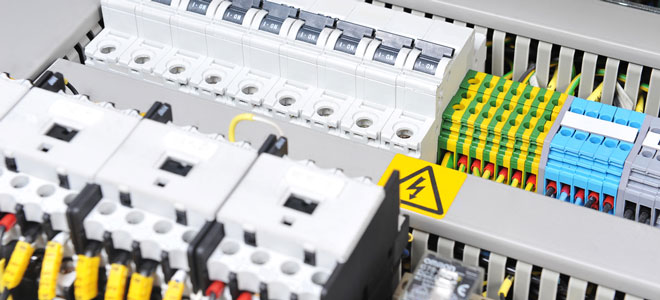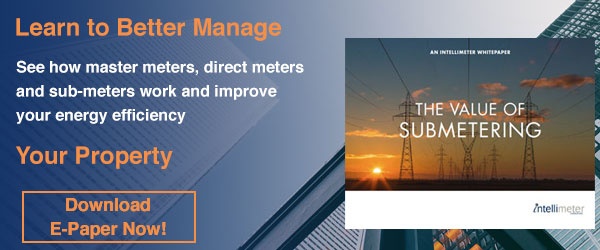It shouldn't come as a surprise to anyone that submeters need to be selected and installed based on the type of electrical system already present in the facility. Submeters and electrical systems can be grouped into either single phase (1ph), two phase (2 ph) or three phases (3ph). The main difference between the two is the voltage that goes through each type of wiring system.
Another difference is in regards to where each type is used. The overwhelming majority of residential homes operate under a single phase or a two-phase system. Commercial buildings, on the other hand, usually have three-phase wiring installed.
Below is a short rundown of each of these electrical systems.
DIFFERENT TYPES OF ELECTRICAL SYSTEMS
SINGLE PHASE
Single phase electrical systems have three wires within the installation. Two of these wires are “hot”, one being the ‘Line’ and the other the ‘Neutral’ while the third one is ground. The voltage between the two hot wires is usually (in North-America) 120 volts. In North America, most appliances use 120 volts, that is why most wall receptacles in homes, offices and public places will be wired with one hot wire and the neutral. These systems are known as single-phase, two wire systems (1-ph, 2w). Common appliances such as light bulbs, fridges, TVs, press irons, etc., have a small enough line load to require a single phase electrical feed.
In single homes, larger appliances like; ranges, dishwashers, some laundry washing machines, clothes dryers, and heaters may also use 240 volts of electricity with two 120 volts lines and one neutral wire. Single phase meters in these cases are characterized by three terminals - two ‘lines’that go in plus one neutral wire, It is what's also known as a split-phase circuit. Regarding wiring, there is one phase and three wires that come to the house from the main power line. These systems are also known as single-phase, three-wire systems (1-ph, 3w)
Two PHASE
Apartments and Condos, usually would use two phases for each unit so they would have two live wires with 208 volts between them and 120 volts between each line and a neutral, allowing the unit to power receptacles and lighting at 120 Volts and the range at 208 volts. These systems are known as two-phase, three wire-systems (2-ph, 3-w).
THREE PHASE
Three phase electrical systems are supplied by four wires, three carrying lines (for example 120 volts each to neutral or 208 Volts line to line) and a neutral one making this system more efficient than a single phase one. All types of machinery that use large motors to operate, including central AC units, pumps, air handling units, garbage compactors, elevators, and snow melting systems run on three phase systems and require three-phase electrical meters. These meters have four terminals in total – three lines going in and fourth being the neutral coming in from the main power supply and into the facility. These systems are known as three-phase, four wire systems (3-ph, 4-w).
In North America the most common three phase voltages are 208 volts in which the line to neutral voltage is (208/1.73= 120 V) 120 volts, and 480 volts which represents line to line with a line to neutral voltage of 277 volts. A one system not so common is 416 Volts with a line to neutral voltage of 240 volts sometimes used in multi-residential buildings.
Canada is unique in the use of 600 Volts distributions systems with a line to neutral voltage of 347 volts. Fortunately for Canadians there are lighting systems and that operate in single phase mode at 347 volts. In this blog we only covered Wye (“Y”) connected systems, in future blogs we will discuss Delta connected distribution systems and different Voltage systems.
UNIVERSAL VOLTAGE INPUT
Having a universal voltage electrical meters is advantageous. That is a single meter that can operate at all these different voltages. This provides the installer with a single model that can literally be installed in any type of low voltage installation, whether residential, commercial or industrial, to the user the flexibility of changing it from one circuit to another at a later date and to the distributor a reduced number of SKU.s for a reduced inventory. As their name would suggest, these meters can accommodate all voltages between 85 and 347 volts. Since these systems encompass the entire spectrum of the low voltage supply, they can also tolerate well voltage disturbances in the lines, current fluctuations and operate on either 50 or 60 Hz.


